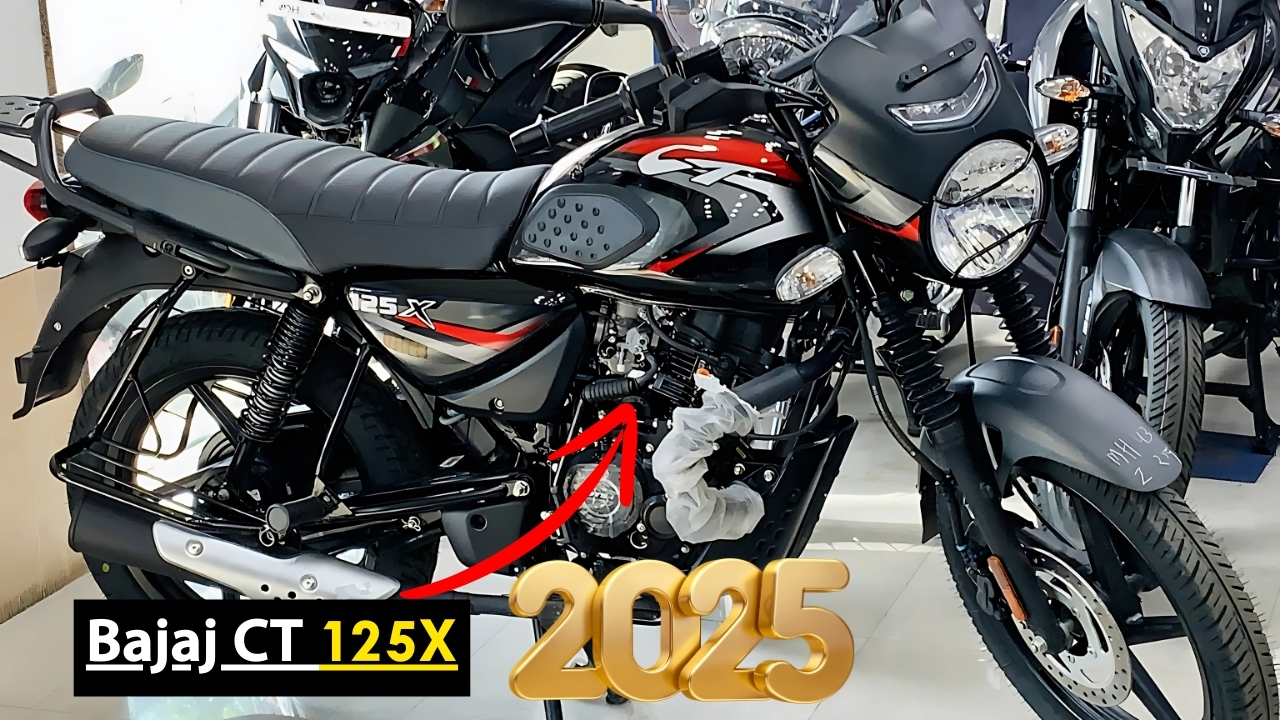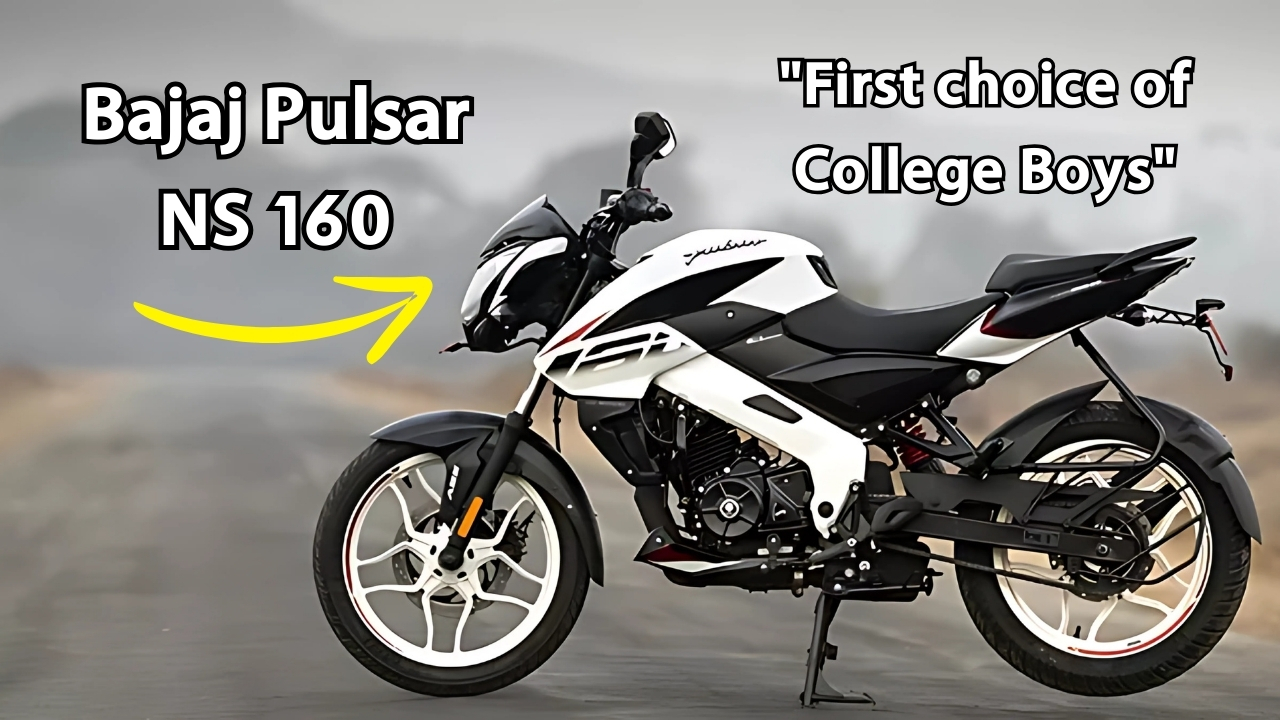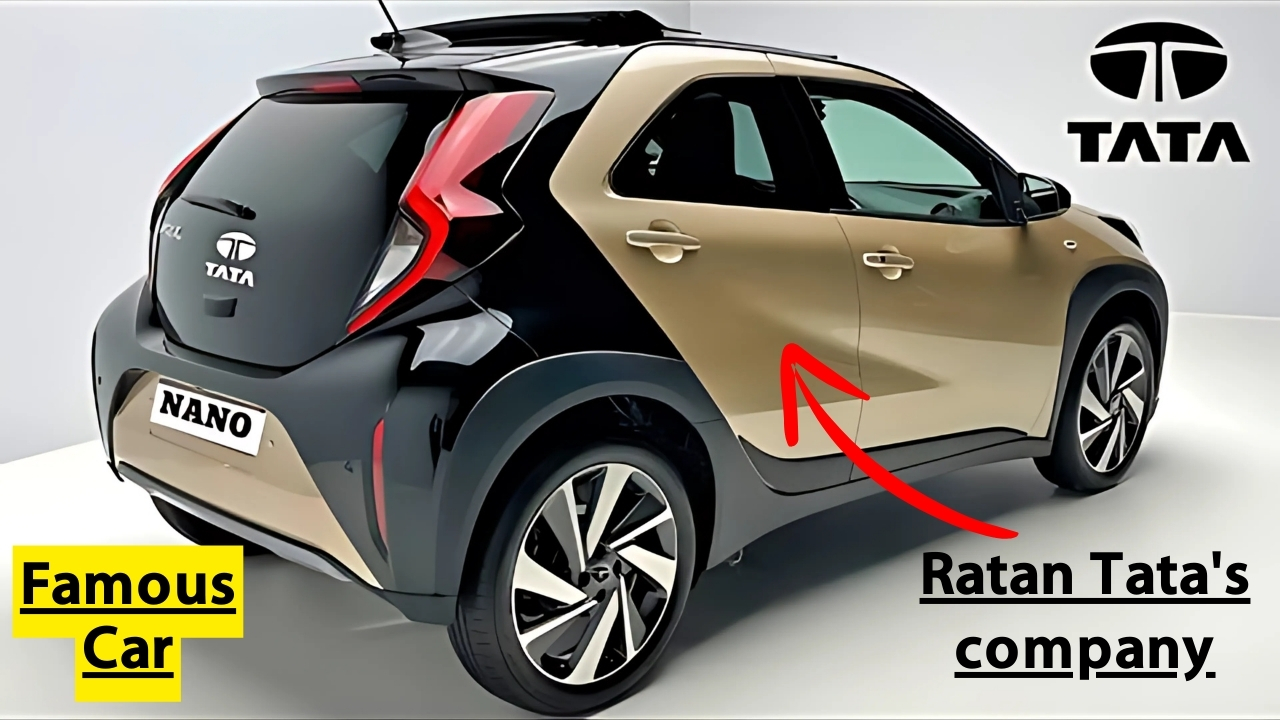Maruti Suzuki XL7 2025 : In the dynamic and ever-changing automotive landscape of India, the much-anticipated arrival of the revamped Maruti Suzuki XL7 is generating significant buzz.
Scheduled for its official launch in early 2025, this thoroughly updated three-row crossover highlights Maruti’s renewed focus on the competitive family SUV market.
With notable design enhancements, improved features, and upgraded powertrain options, the 2025 XL7 is ready to compete with established players and possibly raise the bar within its price range.
Industry analysts and prospective buyers are already taking notice of what could be one of Maruti’s most impactful launches in recent times.
One of the most striking changes to the 2025 XL7 is its dramatically updated exterior design.
While the previous model sported a more conservative look that favored utility over aesthetic appeal, the new edition adopts a bold design language aligned with modern global trends while still honoring Indian tastes.
Sources close to the development reveal that this shift illustrates Maruti’s acknowledgment of the increasing importance of visual appeal in consumer buying decisions, even in primarily practical vehicle segments.
The front facade features significant alterations, with a prominently redesigned grille boasting sophisticated horizontal slats that enhance its visual breadth.
The newly crafted LED headlamps, distinguished by unique daytime running light signatures, seamlessly integrate with the grille, ensuring better visibility both day and night.
The bumper design showcases more intricate surfaces with angular fog lamp housings and a silver skid plate, reinforcing the SUV’s credentials without leaning too heavily into ruggedness.
Moving along the sides, more nuanced yet impactful changes emerge. The character line that runs the vehicle’s length sits a tad higher, creating dynamic surface patterns while aligning better with the hood and window design.
While the greenhouse retains its practical dimensions to ensure interior space, the refined pillar detailing cultivates a better visual relationship with the roof rails.
A standout feature includes the redesigned 17-inch alloy wheels on higher variants, flaunting a dual-tone diamond-cut finish that adds a touch of premium quality previously missing from this model.
At the rear, the evolution continues with reshaped tailgate surfaces that streamline visual mass while introducing a more horizontal flair, complemented by redesigned LED taillights connected by a reflective trim.
The rear bumper is also refined with more defined character lines and integrated reflectors, enhancing aesthetic appeal while maintaining smooth surfaces.
The dual exhaust finishes, while primarily ornamental, add a sporty edge that resonates with younger buyers looking for a blend of practicality and emotional engagement.
New metallic color options, including a striking Auburn Red, provide fresh choices that better match the revamped design.
Furthermore, premium variants will offer a stylish contrast black roof option, amplifying the customization potential and reinforcing the vehicle’s youthful character.
Interior Refinement of the Maruti Suzuki XL7 2025
While the exterior design represents a noteworthy evolution, the interior revamp approaches revolutionary changes.
Understanding that the interior experience plays a crucial role in overall satisfaction, Maruti is investing heavily in enhancing material quality, design sophistication, and feature content throughout the cabin.
The dashboard architecture adopts a more layered approach, integrating contrasting materials and finishes that draw the eye while diminishing the visual bulk.
Central to this redesign is a larger 10.25-inch free-standing infotainment screen that replaces the formerly integrated unit, offering a modern look along with improved visibility and touch response.
This update incorporates wireless smartphone integration with Android Auto and Apple CarPlay, which are now regarded as essential features by contemporary buyers.
In terms of instrumentation, a digital 7-inch display accompanies analog gauges in mid-tier variants, while higher trims will boast a fully digital 12.3-inch information display, allowing for extensive personalization options.
This balanced approach ensures that even entry-level models benefit from considerable enhancements over their predecessors.
Attention to detail is evident in the selection of materials, with soft-touch elements now more widely used on upper surfaces and contrast stitching on seats and door panels adding a sense of craftsmanship.
Notably, premium variants feature a new leather-wrapped dashboard option with unique perforation details, introducing both tactile delight and subtle branding through hexagonal motifs.
Recognizing the importance of comfort in family vehicles, seating design sees significant upgrades. The front seats have been redesigned for improved cushion profiling and lateral support, facilitating easy entry and exit.
The second-row bench benefits from enhanced thigh support with longer cushions while maintaining the slide-and-recline feature for a customizable mix of passenger and cargo space.
While still best reserved for younger passengers or occasional use, the third-row seating enjoys slightly increased headroom from better cushion placement and dedicated air outlets for improved ventilation.
Ambient lighting, a first for this model, introduces customizable illumination throughout the cabin, offering eight color options controlled via the infotainment system.
Although not essential, this feature significantly boosts the perceived premium feel during night drives and enhances the experience for family outings.
Technological Advancements in the Maruti Suzuki XL7 2025
The 2025 XL7 not only features aesthetic and material upgrades but also embraces substantial technological advancements through Maruti’s connected car platform.
This upgraded system offers a range of functionalities, vastly surpassing the previous model’s basic features and catering to expectations of modern vehicle users.
The Suzuki Connect suite enables remote monitoring and control via smartphone apps, allowing owners to check vehicle status, pre-condition climate controls, and receive real-time maintenance alerts based on actual vehicle conditions rather than simplistic mileage metrics.
Geofencing functionalities add an extra layer of security for families, especially those with younger drivers sharing the vehicle, while vehicle tracking enhances both security and convenience.
Voice recognition capabilities signal another leap forward, supporting natural language processing for both vehicle control and informational queries.
This system is designed to operate in multiple Indian languages alongside English, showcasing sensitivity to the linguistic diversity of the target market while enhancing accessibility for non-English speaking users.
Driver assistance features are expanded to include advanced safety technologies previously scarce in this segment.
New systems such as autonomous emergency braking, lane departure warnings, and rear cross-traffic alerts augment existing safety features like six airbags and electronic stability control, creating a well-rounded safety environment.
While these safety advancements have started appearing in premium vehicles, their inclusion in the XL7 speaks volumes about the democratization of safety technology within this price segment.
Convenience enhancements are also notable, including a hands-free power tailgate activated by a foot sensor, perfect for those moments when you approach the vehicle with your arms full of bags.
The wireless charging pad now includes cooling features to prevent devices from overheating, and USB-C ports replace the older USB-A connections throughout the cabin, catering to modern device needs.
Powertrain Enhancements in the Maruti Suzuki XL7 2025
Despite retaining a similar 1.5-liter K-series engine displacement to its predecessor, the 2025 XL7 sees significant internal updates aimed at boosting both efficiency and performance.
An important update is the implementation of dual variable valve timing, which enhances combustion efficiency across a broader range of operation.
Revised intake and exhaust port designs are also introduced to improve airflow, resulting in a moderate power bump from 105PS to around 118PS, alongside improved torque distribution, particularly in the crucial mid-range where daily driving occurs.
Transmission options now include an upgraded 6-speed automatic, paired with the retained 5-speed manual, replacing the older 4-speed system to provide closely spaced ratios that allow the engine to operate closer to its optimal efficiency while smoothing out gear transitions.
The manual transmission benefits from a refined shift mechanism, resulting in shorter throws and more defined engagement, elevating the driving experience for enthusiasts preferring manual control.
Most notably, the 2025 XL7 introduces mild hybrid technology across all variants, utilizing an integrated starter-generator system.
This 48-volt system provides numerous advantages, including enhanced stop-start functionality, torque support during initial acceleration, and regenerative braking that captures energy typically lost during deceleration.
The cumulative effect is a roughly 10% boost in overall fuel efficiency while improving driveability through smoother power delivery and reducing engine vibrations during restarts.
Rumors suggest that a strong hybrid variant may be added later in the product cycle, potentially leveraging technology collaborations with Toyota, kicking off a new era in performance and efficiency.
Market Positioning of the Maruti Suzuki XL7 2025
With its extensive enhancements, the 2025 XL7 is well-positioned within the competitive three-row crossover segment that includes well-known contenders such as the Tata Safari, MG Hector Plus, and Hyundai Alcazar.
The previous model, which occasionally felt lackluster compared to these purposefully crafted alternatives, is now replaced by a coherent vision for family transportation, integrating thoughtful amenities with modern design aesthetics.
Expected pricing in the range of ₹13-18 lakhs (ex-showroom) places the XL7 strategically—more premium than budget seven-seaters like the Renault Triber while still more affordable than larger rivals such as the Toyota Innova Crysta.
This strategic positioning caters to India’s growing “middle class of the middle class” — consumers with the discretionary income to value design and innovative features while also remaining sensitive to costs.
Maruti’s unmatched dealer network, boasting over 3,500 sales and service points, offers a significant advantage, ensuring accessibility regardless of location.
This infrastructure reassures buyers looking for family vehicles that will undertake long-distance trips, even to remote areas far from major service centers.
The company’s established reputation for parts availability and reasonable maintenance costs further solidifies the ownership proposition, especially for value-hungry buyers focused on total lifecycle costs over just the initial purchase price.
Production is expected to continue at Maruti Suzuki’s Gujarat facility, which has been recently upgraded to meet the rising demand for an extended SUV lineup.
This manufacturing approach allows for flexibility between models sharing similar underpinnings, making it easier to respond more rapidly to market trends than dedicated single-model production lines could.
Competitive Landscape of the Maruti Suzuki XL7 2025
The introduction of the XL7 could disrupt established buying patterns within its segment by leveraging several meaningful differentiators.
While competitors typically lean towards either premium offerings with high-priced tags or budget-friendly models with compromises, the XL7 aims to deliver premium qualities without undermining the core value associated with Maruti’s brand.
This balanced approach caters to evolving consumer expectations that demand both emotional connections and practical functionality—especially as vehicles increasingly serve as extensions of personal identity beyond just mere transportation tools.
The design enhancements specifically acknowledge this shift, producing a visually engaging vehicle that’s rich in character while addressing the essential practicalities of family transportation.
The technological improvements equally reflect changing consumer priorities, with connected car features and advanced safety technologies now seen as necessities instead of luxuries.
By integrating these features while keeping pricing within reasonable limits, Maruti aims to set new standards for what constitutes “standard equipment” in this segment, which may compel competitors to respond, ultimately benefiting consumers through quicker advancements in feature availability.
A significant gain involves the powertrain enhancements, addressing one of the few perennial criticisms of Maruti vehicles—the notion that driving dynamics could lack engagement compared to rivals.
By improving both performance and efficiency with the 2025 XL7, Maruti could potentially overcome this challenge while reinforcing its traditional strengths in fuel efficiency.
Conclusion: The Maruti Suzuki XL7 2025 as Meaningful Evolution
The forthcoming 2025 Maruti Suzuki XL7 represents more than just a standard mid-cycle refresh.
Its extensive enhancements in design, interior quality, tech integration, and powertrain refinement converge to create a far more attractive offering than its predecessor, potentially reshaping notions of the brand’s capabilities in the critical SUV sector.
For prospective buyers, this evolution translates to a vehicle that aligns with both practical needs and emotional aspirations—an essential balance for family vehicles meant to fulfill diverse roles throughout ownership.
The thoughtful upgrades target real-world usage scenarios rather than merely applying features for marketing gain, showcasing Maruti’s deep insights into Indian consumer preferences built from years of market leadership.
As the launch date draws closer, anticipation will undoubtedly rise regarding specific variant configurations, feature availability, and final pricing details.
Nevertheless, the overarching direction seems firmly established—a more refined, capable, and desirable interpretation of the three-row crossover concept, sustaining Maruti’s traditional value proposition while enhancing the overall ownership experience.
In a segment increasingly defined by sophisticated consumer expectations, this approach positions the 2025 XL7 not merely as a competitive player but potentially as a new benchmark for evaluating alternatives.






